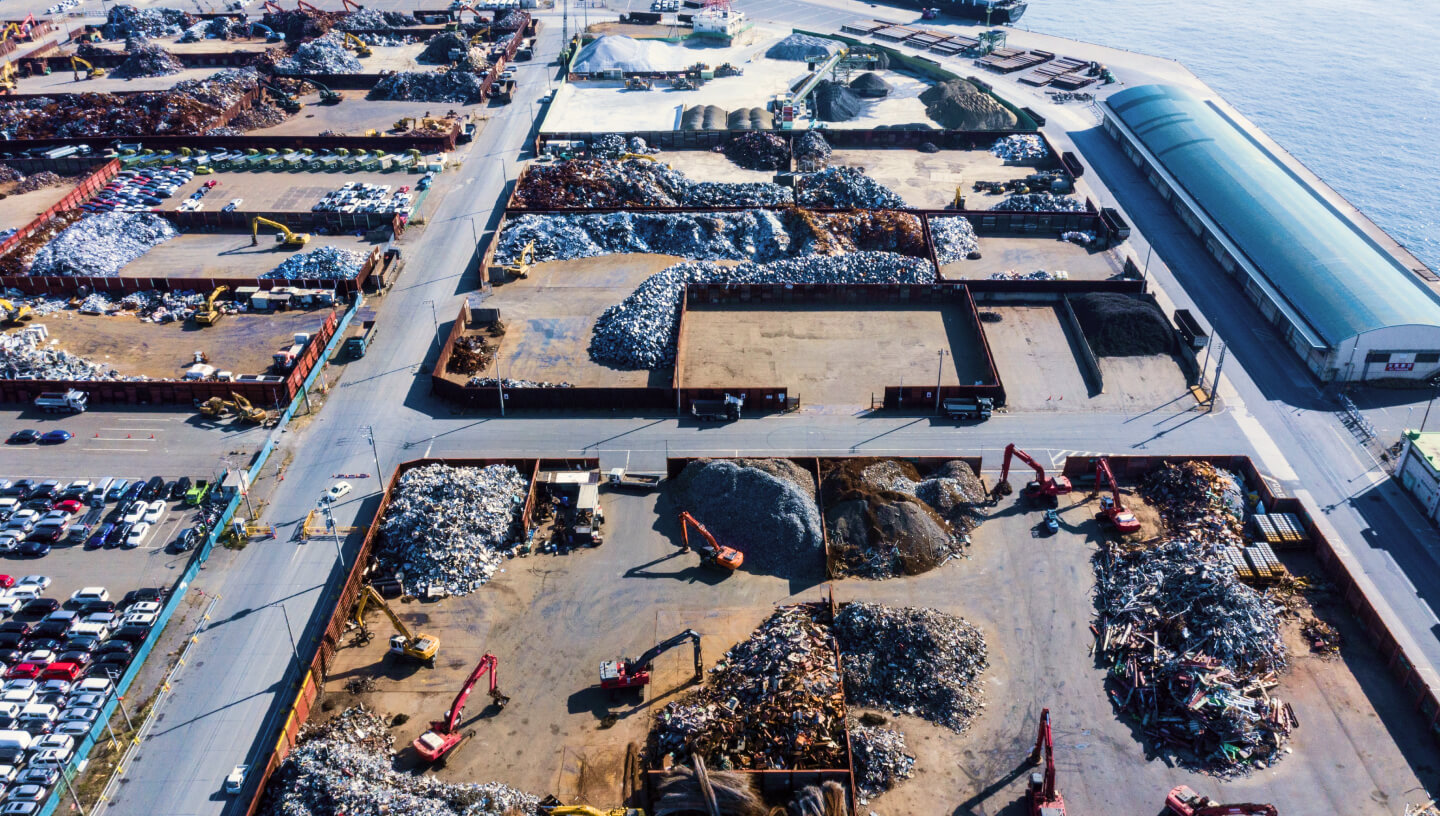 Photo by: kokouu / iStock
Photo by: kokouu / iStock
Steel is widespread in our society because it has a number of properties that make it ideal for building much of the infrastructure we need. Steel’s unique properties make the transition to a circular economy possible.
What properties are we talking about? Firstly, the recyclability. 55% of steel products are long-lived (construction, infrastructure, transport), 34% are medium-lived (white goods, automotive, mechanical equipment, steel products, electrical equipment), and just 11% are short-lived (steel products, including packaging).
Secondly, it is the property of recovery. Steel products can be recovered. Reusing it saves 80% of the energy used to manufacture a product from primary raw materials, reduces consumer costs by 25–50%, reduces the consumption of primary raw materials, and increases the return on investment.
Thirdly, steel products can be recycled. This will not only save raw materials and energy, but also create jobs (collection and separation of scrap metal). One tonne of recycled steel saves on average 1.4 thousand kilograms of iron ore, 740 kilograms of coal, 120 kilograms of limestone.
And finally, fourthly, there is an opportunity to reduce the consumption of resources in the production of goods. High strength steel reduces the weight of cars, buildings and packaging by 25–40 percent, which helps to cut energy and raw material consumption, as well as greenhouse gas emissions.
Steel is thus the backbone of the circular economy. And it is believed that the future lies in green metallurgy and recycling more scrap. The fact is that scrap is so notional zero, because when it is used and recycled, no CO2 emissions are released at all. And the more scrap we use in smelting steel, the lower the carbon emission. So it is very important for us to have a scrap collection infrastructure in place.
Cover photo: Tashi-Delek / iStock








Comments